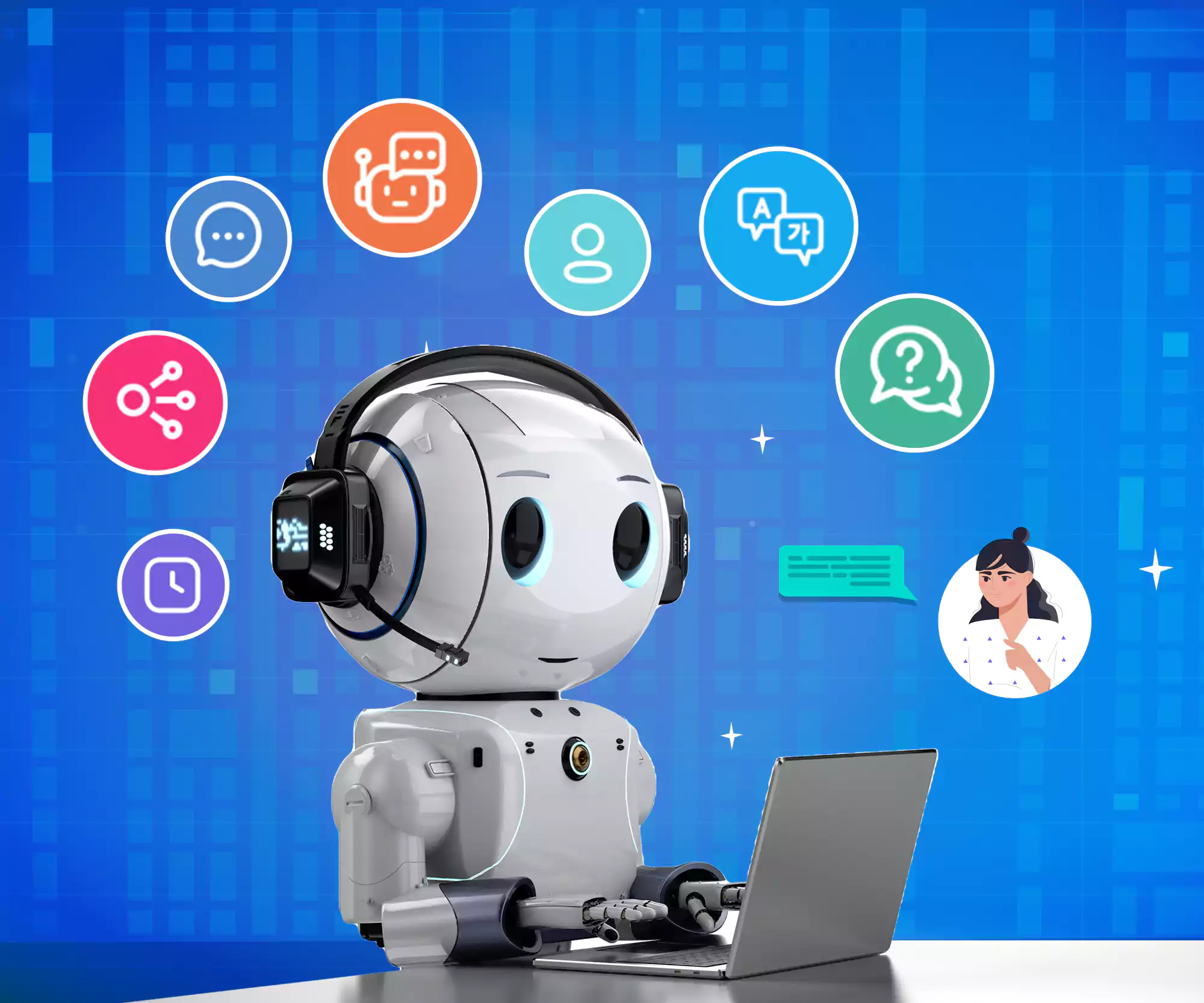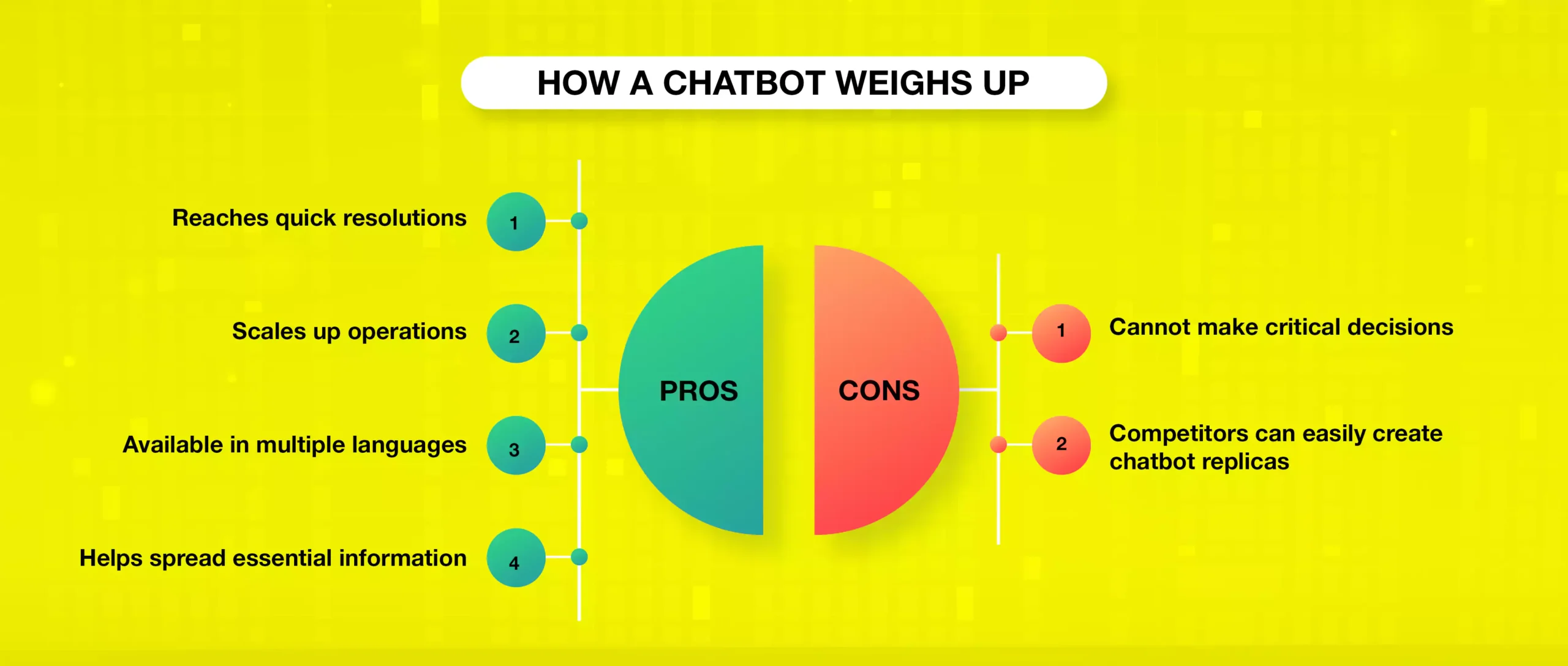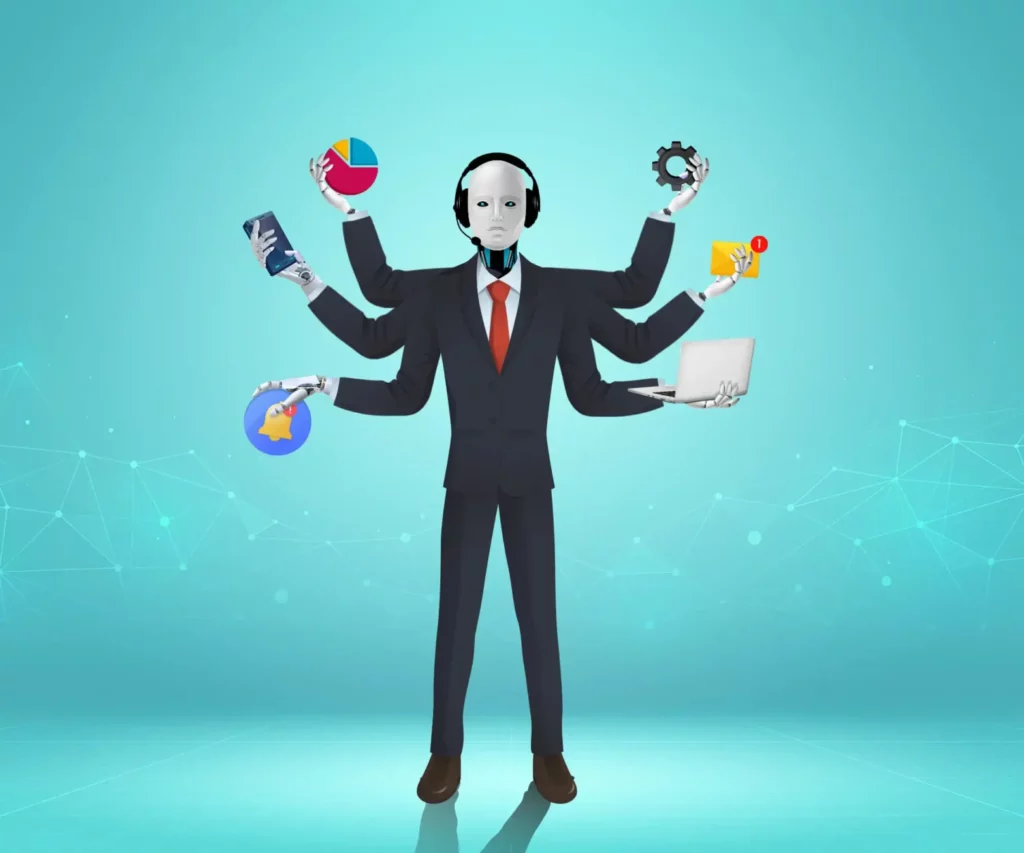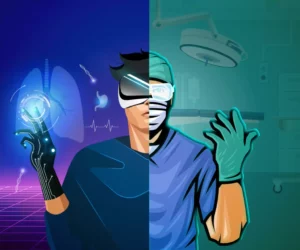
We’re spoilt for choice more and more each day when it comes to modes of communication. More portals, platforms, and apps compete to link you with your contacts sooner than others. Since networking is an all-important currency in the leading business sectors, that does bode well for us. Even within the digital era, we have advanced from emails to web chats to DMs. In addition, we now interact with efficient chatbots for quick and clever transactions. As chatbots integrate themselves into our everyday routine, it’s time we got to know them on a closer level.
What are chatbots?
Chatbots or natural dialogue systems are computer programs that simulate human-like conversations with human users. They employ natural language processing (NLP) to imitate human communication’s mannerisms, tone, and inflexion. Powered by artificial intelligence (AI), machine learning (ML), and pattern detection technologies, these chatbots work on algorithms structured to facilitate human-computer interaction (HCI). This technology has undergone an exciting series of phases as it evolved through the second half of the 20th century. Let’s track its evolution.
The chatbot evolution
The origins of natural dialogue systems can be traced to the works of Alan Turing, the famous British mathematician. He helped crack Nazi Germany’s unsolvable Enigma Code during the Second World War. Turing wanted to test whether a computer program could effectively communicate with a group of people without them realising they were talking to a machine. This idea planted the seed of the now well-known HCI model, leading to the creation of the first-ever chatbot, ELIZA. It was created at the MIT Artificial Intelligence Laboratory in 1966. ELIZA used pattern detection to create responses based on pre-existing templates. Unfortunately, the dependence on these templates limited its extent of communication. Nonetheless, it laid the foundations for the future development of chatbots.
Throughout the 1970s and 1980s, scientists made incremental advancements in natural dialogue systems. These developments gave chatbots more refined “personalities” and interactive abilities. For example, in 1972, Kenneth Colby, a psychiatrist at Stanford University, developed PARRY, a more robust model than ELIZA. He described it as ‘ELIZA with attitude’.
The term ‘chatterbot’ was first used in 1991 with the launch of a multiplayer real-time virtual world or TINYMUD (where MUD stands for Multi-User Domain). The chatterbot was an artificial player whose sole purpose was to chat with gamers. In 1995, Artificial Linguistic Internet Computer Entity (ALICE) was created by Richard Wallace. ALICE was the first online chatterbot and was based on ELIZA’s pattern-detection technology.
A great leap forward was made in 2001, when a US-based company called ActiveBuddy developed SmarterChild. This chatbot was made available on MSN Messenger and AOL Instant Messenger. SmarterChild was a landmark development in AI-based HCI. For the first time, a chatbot was able to help people with their day-to-day activities. In many ways, it paved the way for tech giants, primarily Apple, IBM, Google, Microsoft, and Amazon, to build their chatbots. Today, they are known as personal assistants. Apple Siri, IBM Watson, Google Assistant, Microsoft Cortana, and Amazon Alexa are household names now. These personal assistants can plan your day to the last second within a few minutes. Thus, human-computer interactions are entering a new era.
How chatbots connect the (business) dots
Chatbots and virtual assistants also play a significant role in enhancing the efficiency of business operations. Companies have extensively utilised chatbots’ power to deal with customer queries, concerns, and complaints. For example, if the restaurant messes up your online order, you can instantly post a complaint with the platform’s chatbot. Ideally, the issue will get resolved within a few hours. All this takes place without you ever having to converse with the restaurant. Nowadays, algorithms have become more sophisticated such that customer databases and consumption patterns are available at companies’ fingertips. These developments have contributed to the evolution of neural networks in chatbots and virtual assistants, leading to higher customer retention and improving sales cycles.
Conversational AI is aiding better customer engagement and retention, and companies have embraced the technology. Large organisations such as Soprano Design are leveraging chatbots to drive customer communications and deepen customer engagement. Ubisend, Soprano’s intelligent chatbot, boasts a comprehensive package of process automation, third-party integration, multilingual capacities, and a natural language processing unit to decipher customer intent. Chatbots were particularly handy during the COVID-19 pandemic when information surrounding the virus was constantly changing. The situation presented a perfect opportunity for many companies to use chatbots to disseminate essential information. One such company was a Bengaluru-based startup, CoRover, which created AskDoc. This AI-powered video-doctor platform addressed all sorts of queries about the coronavirus. In addition, the assistant was available in several languages, including Hindi, Tamil, French, German, and English.
Besides customer interface, companies also adopt chatbots for daily tasks, intending to increase employee efficiency. For instance, in 2021, DeepMind Technologies, Alphabet’s UK-based AI subsidiary, announced that it would further develop chatbots to automate several human tasks in AI training.
Another prominent area in which companies deploy chatbots is for communicating product information. In 2021, for example, Mahindra, the Indian auto behemoth, launched a pioneering conversational AI to convey specific information about vehicles. Such at-hand availability of key, unfiltered product information is also an efficient way to raise your conversion rate and boost sales. As a result, chatbots have emerged as formidable forces of disruption in the business world.

The Indian government’s plan for chatbots
Public sector organisations are also using chatbots to optimise their processes. To make service delivery efficient and targeted, governments are making the most of new-age technologies. In developing countries, in particular, governments are reducing government-citizen interaction to deliver essential services, reducing the chances of bribery and corruption.
India is an excellent example in this regard. With the government focused on digitalising the Indian economy, it has extensively employed virtual assistants and chatbots to the citizens’ advantage. For example, in September 2022, the Indian Railway Catering and Tourism Corporation (IRCTC) launched AskDIKSHA 2.0. This AI virtual assistant allows people to buy rail tickets through a brief chat or audio conversation. The best part is the assistant removes the need for people to create an account on the IRCTC’s website and use their password for booking transactions. Moreover, the chatbot can understand English, Hindi, and Hinglish (a mix of Hindi and English that urban Indians often use in conversations).
Another remarkable use of the chatbot technology occurred in March 2022, when the Reserve Bank of India (RBI) and the National Payments Corporation of India (NPCI) developed DigiSaathi. This chatbot helps customers with digital payments, including payments made by credit and debit cards. For countries like India, where digitalisation and internet penetration is booming, chatbots offer the perfect solution to manage customers and provide quick resolutions to commonly-faced issues. Given that governments in developing countries don the role of a facilitator rather than a supplier, adopting chatbots, voice bots, and other AI-based solutions makes perfect economic sense.
So, should we embrace this technology?
The principle of efficiency drives decision-making in both government and private organisations. Economics is about optimising resources and giving clients and citizens the best possible alternatives. Chatbots bring the best of both worlds to the table and create a one-shot solution. However, a chatbot cannot make critical decisions that require sound judgment, empathy, and quick thinking. But for a company to scale up its operations, such as catering to multiple users across geographies, and for an economy to grow, implementing technology-based solutions becomes imperative.



